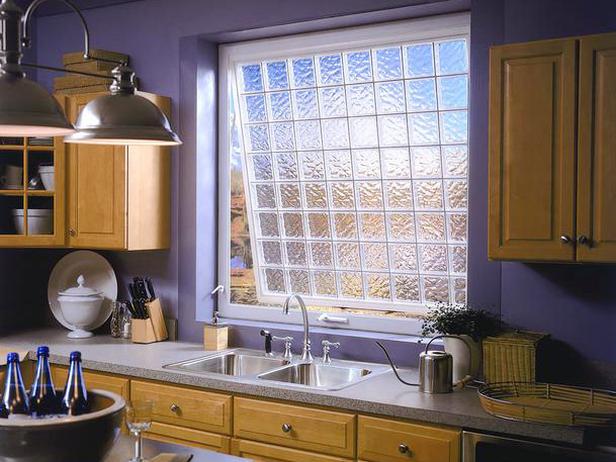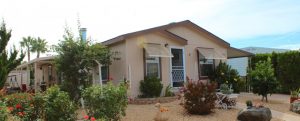Choosing stylish energy efficient windows to be built into your new home is much easier than upgrading existing windows in an older home. However, it’s certainly not an ‘impossible dream’. It’s best to shop locally. Local experts are more able to advise you concerning weather conditions in your area.

Look around and see what’s available. What size windows do you need? Do you have have a breathtaking view? You will probably prefer a different style of window on the shady side of your house to that on the sunny side.
If you have a picture window, it’s not gonna move. You can add a tinted film if it faces the sun, but you can’t open it for air circulation. Small horizontal sliding windows on either side will allow outside air to circulate. Or an awning type window, with hinges at the top, installed below the picture window would also allow airflow, and deflect rain when necessary.
Another advantage to tinted window film: in addition to deflecting the sun’s rays, it will help prevent your furniture and carpeting from fading, and may help to keep the window from shattering in a severe wind burst. And, I’m told, it makes it difficult to break in, thus less attractive to burglars!
HAVE A LOOK AT SOME OF THE HOMES WE’VE BUILT
Wood frames are normally considered the best bet for window frames. But they do need more upkeep. They dry out and need painting from time to time. Vinyl clad wood frames are better since they repel insects and don’t need painting. Aluminum frames conduct heat and are not energy efficient. Vinyl frames, on the other hand, are excellent insulators.

When shopping for windows be sure to look for E-coated (low emissivity) glass. E-coating should be on the inside for warmth if it’s cold outside. Conversely, it should be an outside coating if you’re trying to prevent the outside heat from entering your home.
Contrary to what many people believe, glass is not a insulator. It’s the space between the panes of double or triple pane windows that provide the insulation. The air absorbs the heat. The extra panes of glass while helping to cool also add weight. This is a good reason to consider E-glass.
Double hung windows that open from the top or bottom are the most versatile when trying to control the inside temperature. When opened from the top, it allows the warm air to escape. When the bottom is opened, it lets in the cool outside breeze. Single hung windows open only from the bottom so they’re only able to let in the cool air.
Top hinged awning windows and casement windows that are hinged on the side are becoming more popular. They are usually opened and closed with a crank handle and much easier to operate. As a result, they close much tighter and do not leak air in or out as easily.
Shutters are an attractive addition to many homes, and they, too, can be used to insulate against extreme temperatures. Drapes or curtains can also dress up your window space and provide additional insulation.

Colored or frosted panes are a possibility; additionally they afford a little privacy. You might also like textured glass or panes of art glass. Bay windows are attractive – sometimes used as miniature greenhouses for plants, or a counter for snacking, or for just looking out the window. But bay windows are, unfortunately, very often not as airtight or energy efficient as one would like.
Keep an eye out for ideas. Like everything else, window styles are constantly changing.










 BY SMITTEN
BY SMITTEN